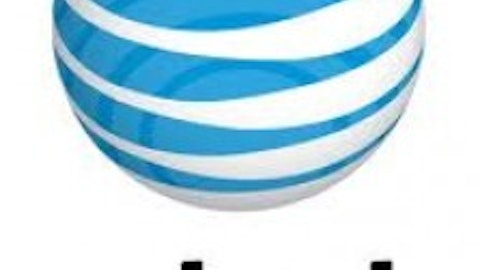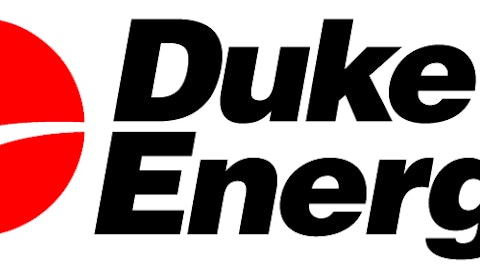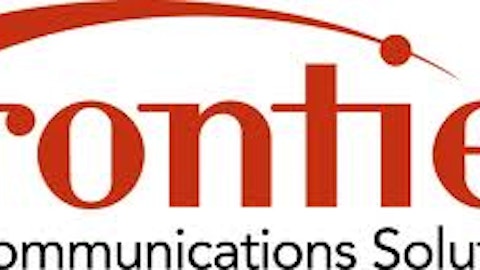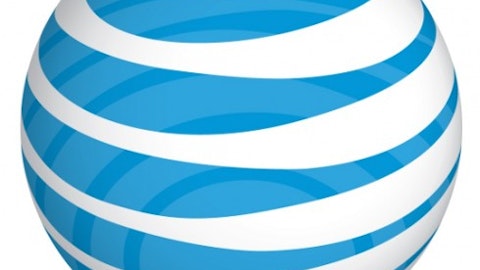At the time Elliot made his recommendation, shares of HDV were trading for as low as $57.70. Since then the shares have gained over 17% (not including dividends).
Today the fund offers a yield of 3.19 % with an annual expense ratio of 0.4%. At current prices it is trading about even with net asset value. Net asset value measures the value of a fund’s assets minus its liabilities. So shares can be considered fairly valued at today’s prices.
Vanguard Dividend Appreciation ETF (NYSE:VIG)
Vanguard Dividend Appreciation ETF (NYSE:VIG) tracks firms that have raised dividends for at least 10 years in a row. Mergent, the company that created the fund’s benchmark for Vanguard Dividend Appreciation ETF (NYSE:VIG), uses proprietary software to eliminate underperforming stocks that analysts believe will not be able to continue raising dividends.
The names that make up the fund’s core holdings should be familiar to every investor: PepsiCo, Inc. (NYSE:PEP), The Procter & Gamble Company (NYSE:PG), The Coca-Cola Company (NYSE:KO), Abbott Laboratories (NYSE:ABT), and Wal-Mart Stores, Inc. (NYSE:WMT) represent the top five holdings and amount to just over 20% of the fund’s assets.
One of Vanguard Dividend Appreciation ETF (NYSE:VIG)’s most attractive qualities is its low expense ratio. It charges an annual fee of only 0.1%, which is more than made up for by a current dividend yield of 2.2%.
Over the past three years, the fund has performed admirably, up 48% (not including dividends).

SPDR S&P Dividend (ETF) (NYSE:SDY) only holds stocks in the S&P 1500 that have raised dividends every year for the past 20 years. Out of 1,500 candidates, only about 80 companies make the cut. In addition, all companies must have a market cap of at least $2 billion.
The fund uses an interesting yield-weighting strategy that allows it to focus more on mid-cap companies than might be expected. For example, while giant AT&T Inc. (NYSE:T) makes up the largest holding at 2.4%, mid-cap Pitney Bowes is right behind it at 2.39%. By allowing for more mid-cap exposure, the fund also offers more potential for growth.
SPDR S&P Dividend (ETF) (NYSE:SDY) offers a yield of 2.7% and charges an annual expense ratio of 0.35%.
Over the past three years the fund has carved a steady uptrend, gaining 45% (not including dividends).
Risks to Consider: Because these funds focus on safe and steady companies that don’t use a lot of leverage to generate returns, they can tend to underperform during strong bull markets.
Action to Take –> These investments can be considered “Forever” funds. In other words, you can basically buy them, forget about them and hold them “forever.” With funds like these as the core of your portfolio, you don’t need to worry about the day-to-day drama on Wall Street, the latest news from the Federal Reserve, or which political party happens to be in the White House.
When purchasing these funds, the best time to buy is when share prices are trading at a discount to net asset value. But even if prices are relatively even with net asset value, I think the focus on dividend growth and economic moats makes all three a strong buy for any investor.
Stay tuned for Part II of this article, where we will take a look at two more “forever funds” that should be a part of every investor’s portfolio.
– Chad Tracy
Warren Buffett’s Top 5 Stocks Buffett’s firm, Berkshire Hathaway, holds dozens of stocks. But these five make up 75% of its portfolio… worth $65 billion. Click here to get Buffett’s top 5 stocks plus his 16 latest buys, FREE.
.





